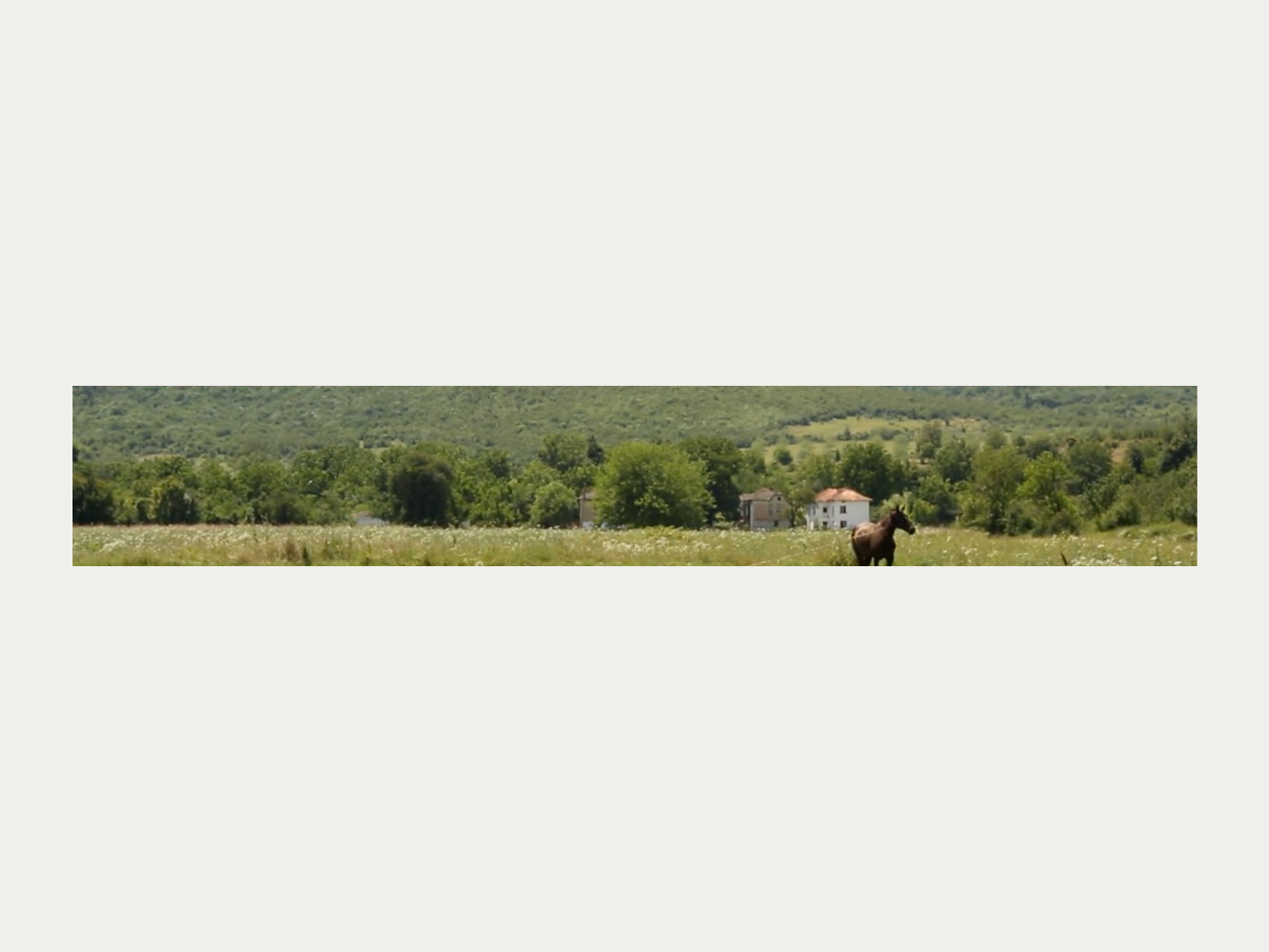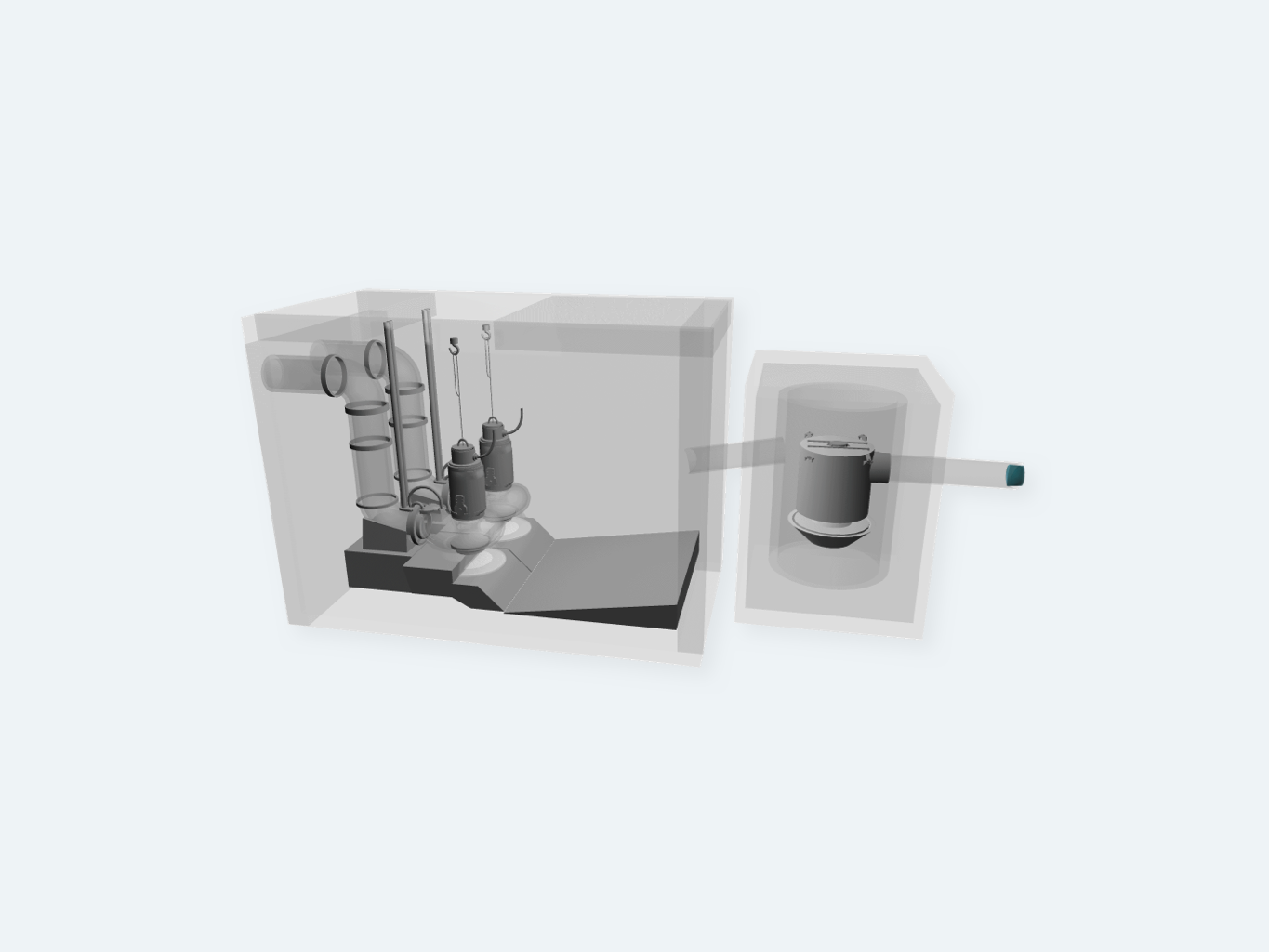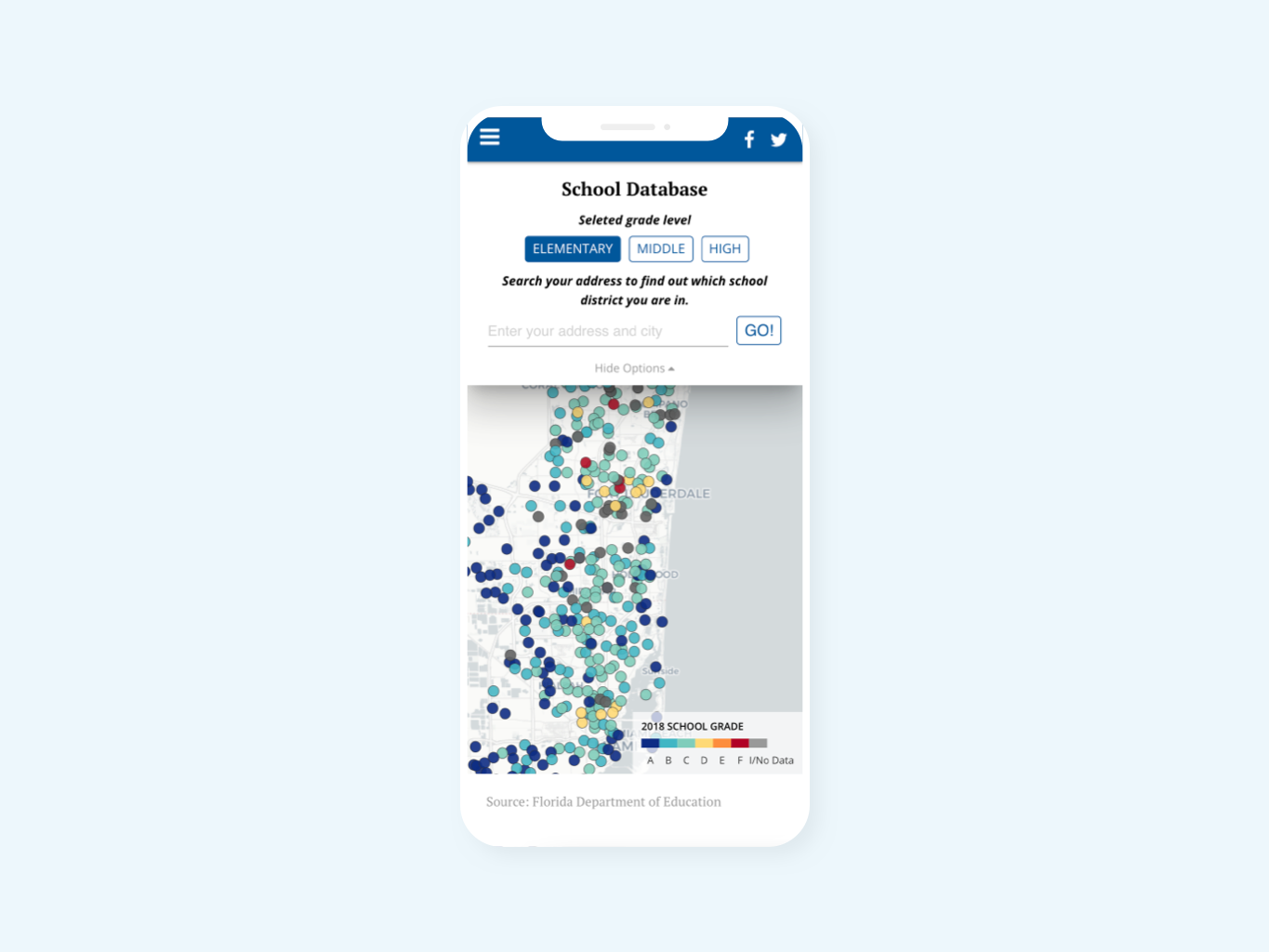Challenge
The scenario is that Sam's Club wants to assist in the COVID-19 vaccine rollout. Our challenge is to help Sam's Club design a service experience to serve customers who want to get COVID vaccine.
We decided to focus on Sam's Club members and design a service from the perspective of pharmacy department.
Highlight
Completed a end-to-end service design process
Deliverables
Two-Minute Readout, Service Design Canvas. Stakeholder Map, Empathy Map, Extreme Users, Service Design Blueprint, Ideation and New Concept
Role
Service designer and project lead
Process _
A team of four, including me, conducted light research with people who have received vaccine to understand the current service experience. Then we mapped out current connections among stakeholders and customer needs. With all stakeholders' goals in mind, we broke the current service into areas and stages to understand the business model and how the service is provided in a broader as well as a deeper sense. At the end, we also brainstormed what an ideal future state would be.
Research _
We used shopper personas provided by Sam's Club to get an overview of customer's shopping behaviors and their in-store journey as the context and environment for our vaccine service experience.
We also interviewed a few people who have registered online or have received COVID vaccine from other places to understand what the current service looks like and what some pain points brought up by customers.
An empathy map was built to document those findings.
Empathy Map. See full details on Mural
Based on the other sets of associates/managers persona provided by Sam's Club and customers' description of their vaccine journey, we also identified key stakeholders and mapped out their goals and connections.
Stakeholder Map. See full details on Mural
Since this service design was tied to a business, understanding the service from a business standpoint also played a key role in our process. We utilized the service design canvas at early stage to explore the existing service. It helped us think about different aspects of a service from business goals to customer needs to channels and challenges.
Service Design Canvas. See full details on Mural
Map current service experience _
To visualize the services and their relationships to optimize the customer experience and the stakeholder experience, we used service blueprints to break down a service experience of both front stage and back stage. Front stage represents visible actions to customers and the back stage refers to invisible actions and support processes. As a customer, we often see the actions, staff and interfaces that are visible to us. But as a service designer, it's critical to identify the connections and processes of the invisibles that support the visible parts to create a better service experience for the ecosystem.
Based on our prior research, our team ran a workshop to get alignment on a more accurate view of the current state and broke the service down to four main stages:
- Gathering info about how to get vaccine
- Registering for vaccine
- Book vaccine appointment
- Getting vaccine through Sam's Club Pharmacy (the day of appointment)
Spreadsheet we used to list every action in one stage of COVID vaccine service
We mapped out each touchpoint at different stage and included departments, staff, and support as well as the connections, communication channels between customers, staff and support.
Service blueprint. See full details on Mural.
Pain points and opportunities _
The detailed breakdown of the service experience helped us uncover pain points and gaps, and also reveal opportunities for optimization. We later ran a workshop session to identify pain points (pink round sticky notes) and opportunities (green round sticky notes) throughout all touch points.
We also voted on our top 4 opportunities for the brainstorming and ideation session.
Examples of pain points (pink round sticky notes) we identified during workshop session. See full details on Mural
Top 4 opportunities
Ideation _
After identifying the main pain points and opportunities, our team separated to individually wrote down ideas using the ideation spreadsheet. We also look through all ideas through each of four perspective lenses of service design: Customer, Team, Process and Technology. Then we visualized these ideas right next to current state blueprint.
New service concepts _
Lastly, new concepts were brainstormed and formed by clustering our ideas into themes. We used the "Who, What Wow" method to write user objectives. By clarifying those, we are also clear on the major things we want to accomplish through this the new service and how we can make impactful outcome to users, in our case, not only the member customers, but also associates who work at Sam's Club.
Four user objectives. Full details on Mural




